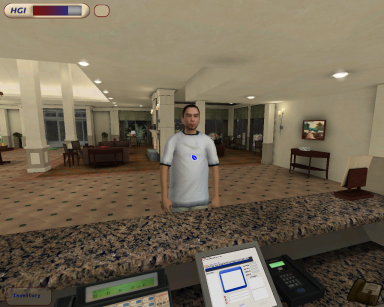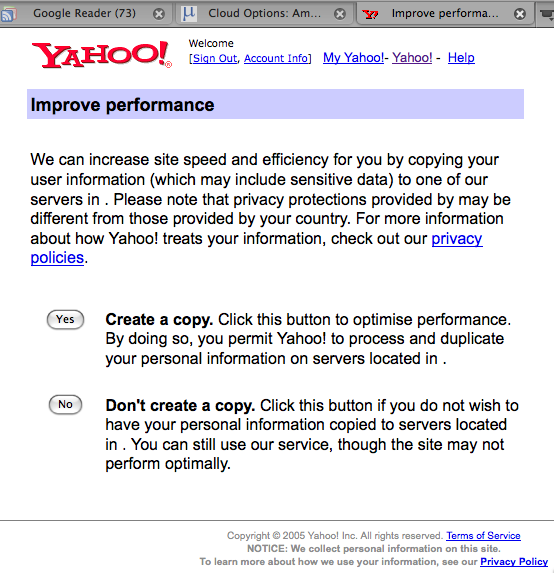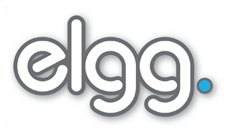…a call for Chapter Proposals.
Dr. George Magoulis of Birkbeck College, University of London & Director of the recent JISC project, MyPlan (http://www.lkl.ac.uk/research/myplan/) is about to edit a book entitled “E-Infrastructures and Technologies for Lifelong Learning: Next Generation Environments”.
The idea is to provide a comprehensive review of state-of-the-art technologies for e-learning and lifelong learning, covering theoretical approaches, models, architectures, systems and applications.
We think that this is an area that people involved in JISC-funded projects and in particular Lifelong Learning Networks might be interested in, so on George’s behalf I’d like to share this announcement – a call for Chapter Proposals….
CALL FOR CHAPTER PROPOSALS
Proposal Submission Deadline: February 28, 2009
Full Chapter Submission : June 20, 2009
E-Infrastructures and Technologies for Lifelong Learning: Next Generation Environments
Introduction
The emerging knowledge society places new requirements on the education sector to support the needs of individuals and organisations. In the area of lifelong learning in particular, which is one of the most important motors driving education in the 21st century, e-learning has become a collaborative and community-based process. This calls for tools to support the autonomous and dynamic creation of lifelong learning communities and new distributed e-learning services.
To this end, the integration of innovative models, methods and technologies for the creation, storage, use, and exchange of knowledge resources and user-generated content, learning activities and units of learning, competence development programs and networks for lifelong learning is being investigated world wide. Advanced technologies that employ decentralised solutions where both resources and computation can be distributed have been developed in the form of online communities created by online collaborative tools; blogs, wikis, webcasts, webinars and social networking applications. These applications facilitate the development of a technical, organisational infrastructure for lifelong learning in formal or informal learning contexts. This e-infrastructure is composed mostly of open-source, standards-based, sustainable and innovative technologies and provides easy access to facilities that enable the lifelong development of competencies and expertise in the various occupations and fields of knowledge.
The focus of advanced technologies is moving from building large monolithic systems towards defining and constructing small components which can be integrated. This method permits the development of modular and flexible distributed systems, in which components can be added, removed or replaced more easily than in traditional models of e-learning systems, allowing new applications or systems to be composed from collections of available services. Furthermore, these technologies can be seamlessly integrated with pedagogic theories in order to be adopted into the everyday practices of educational organisations and independent learners, delivering lifelong learning and engaging learners in an empowering way.
Objective of the Book
The books aims to provide a comprehensive review of state-of-the-art technologies for e-learning and lifelong learning. It will cover theoretical approaches, models, architectures, systems and applications. It will address many issues in the field, providing readers with insight on the various stages of the technological life cycle, as well as applications in real world settings. It will act as a one-stop reference by providing a holistic view of the various issues in the area of advanced technologies for lifelong learning ranging from organisational issues to lifelong learning delivery issues. In the evolving educational landscape it is important to support informed decision-making and planning by successfully matching technologies, curriculum targets, lifelong learner needs, and organisational requirements for technology integration.
Target Audience
The target audience of this book will be composed of professionals and researchers working in the field of e-learning and lifelong learning systems, e.g. educational technologists and software developers, managerial staff involved in assessing the benefits of the various technologies for e-learning and lifelong learning, researchers working on the areas of technology-enhanced learning, web-based learning environments and personalised learning, instructors and e-learning systems developers interested in learning how to embrace new lifelong learning technologies effectively. Moreover, the book will provide a source of reference and a guide for students taking courses or working on projects related to large scale information systems, distributed systems and content delivery systems for e-learning and lifelong learning.
Recommended Topics
The book will aim to cover all aspects of lifelong learning systems, including creating, managing and modelling content and information, organisational strategy and management, technologies, curriculum development, instructional design, learning delivery, open problems, research issues. It will present original work and will be useful to a wide range of audience from different backgrounds working as a one-stop reference for those interested in technologies for e-learning and lifelong learning. Recommended topics include, but are not limited to, the following:
– Creating, managing and modelling content and information for e-learning and lifelong learning
– Organisational strategy and management issues in developing and supporting lifelong learning
– Technological issues
– Curriculum development issues in lifelong learning
– Instructional design issues and impact in lifelong learning
– e-learning and lifelong learning delivery issues
– e-learning and lifelong learning research methods and approaches
– Models of distributed systems for lifelong learning
– Security, trust and privacy considerations in lifelong learning e-infrastructures
– Decentralised user modelling for lifelong learning
– Collaborative web technologies for lifelong learning
– Free and open source software in lifelong learning infrastructures
– Web 2.0 technologies and lifelong learning
– User modelling and personalisation for lifelong learning
– Networked organisations for lifelong learning
– Semantic web technologies for lifelong learning
– Service-oriented architectures for e-learning and lifelong learning
– Interoperability and standards for e-learning and lifelong learning
– Communities of practice and communities of learning.
– Approaches to integration and personalisation of educational systems for lifelong learning
Submission Procedure
Researchers and practitioners are invited to submit on or before February 28, 2009, a 2-3 page chapter proposal clearly explaining the mission and concerns of his or her proposed chapter. Authors of accepted proposals will be notified by March 31, 2009 about the status of their proposals and sent chapter guidelines. Full chapters are expected to be submitted by June 20, 2009. All submitted chapters will be reviewed on a double-blind review basis. This book is scheduled to be published by IGI Global (www.igi-global.com)
Inquiries and submissions can be forwarded electronically (Word document) or by mail to:
Dr. George D. Magoulas
London Knowledge Laboratory BIRKBECK COLLEGE, UNIVERSITYOF LONDON
Tel.: +44 20 7631 6717
Fax: +44 20 7631 6727
E-mail: g.magoulas@dcs.bbk.ac.uk



